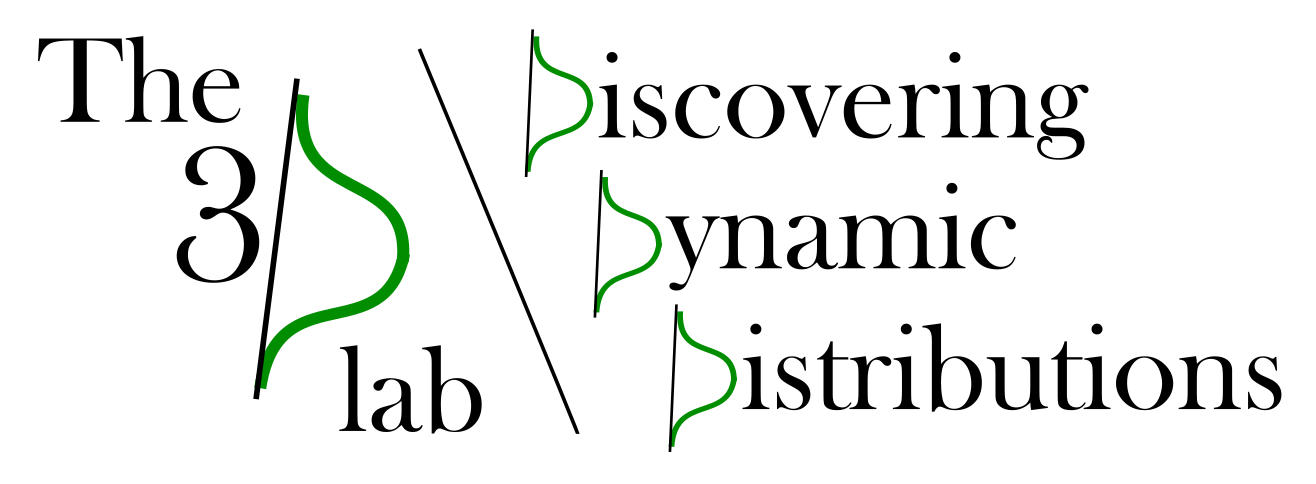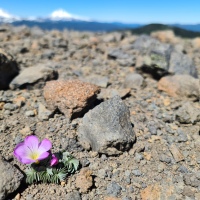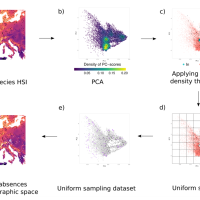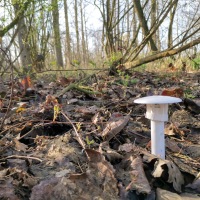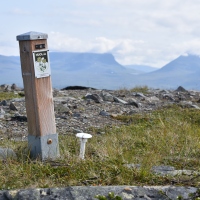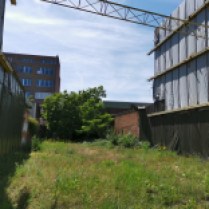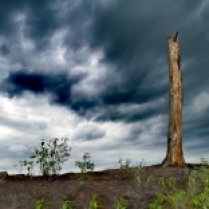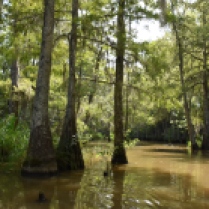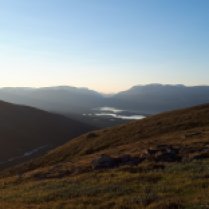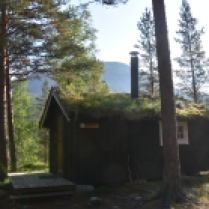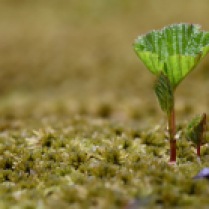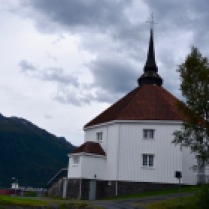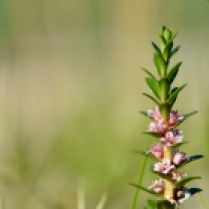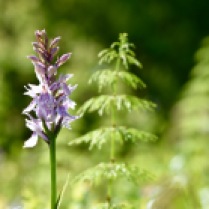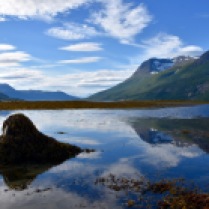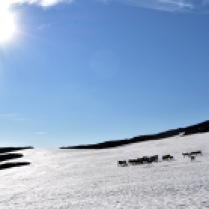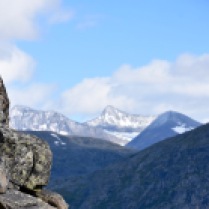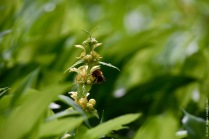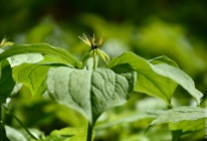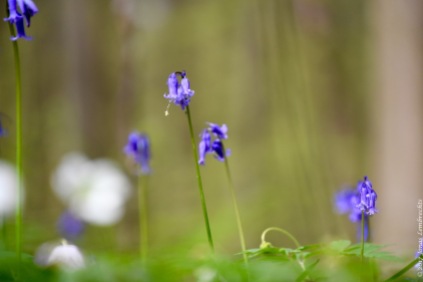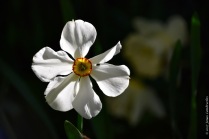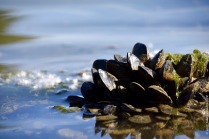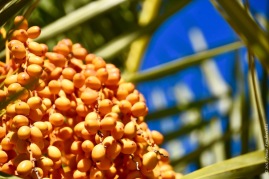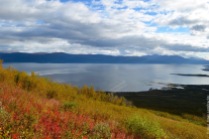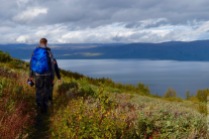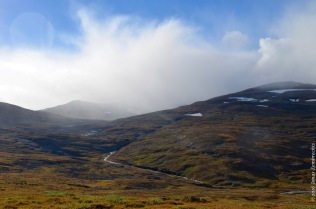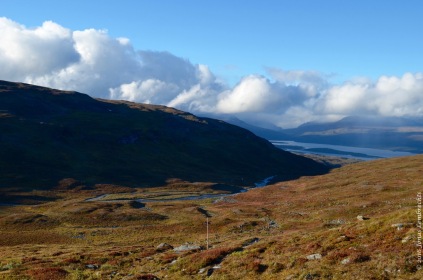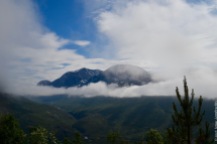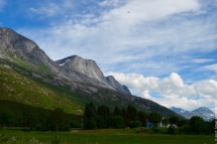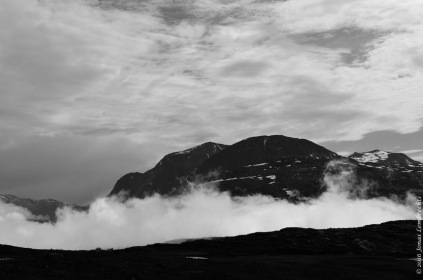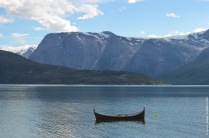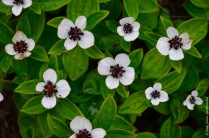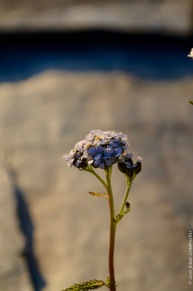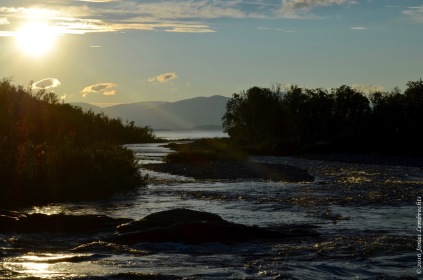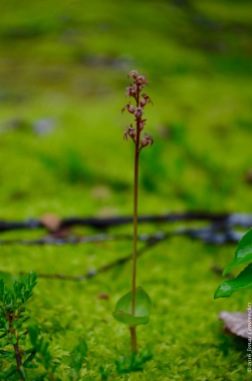For years, I have been teaching a practical course on the measurement of plant stress to our master students. In that course, we introduce them to the magical ecological process called ‘fluorescence’ to investigate stress in their studied plant species. Now, finally, the ultimate field guide on how to measure this fluorescence is out, thanks to our ambitious ‘ClimEx’-handbook paper (see this earlier post).
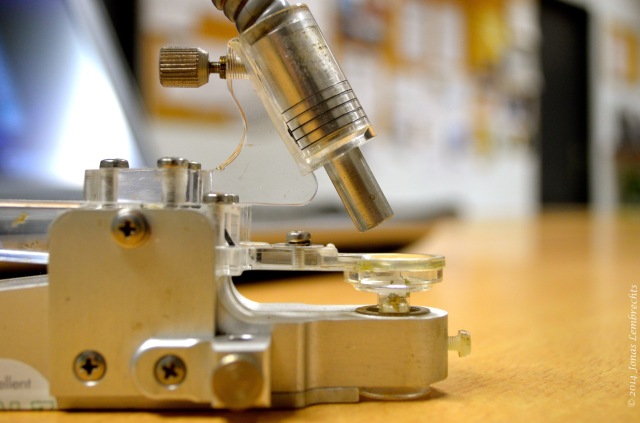
Chlorophyll fluorescence sensor
Yes, I am really talking about fluorescence, the physical process in which objects emit light, even when the light source is already gone. No, this does not result in leaves glooming like eyes of a cat in the dark, unfortunately. Leaves send out light at a wavelength invisible for the eye: infrared.

Clips for fluorescence measurement
In the practical course, students find out that the fluorescence of a leaf is the result of an excess of light in the plant: more that they can use for photosynthesis. It serves hence as an indirect way of measuring how much light energy the plants can use, which is then a measure for their ‘happiness’ level, as I tell the students.

With an ingenuous sequence of light pulses to activate and deactivate the photosynthesis apparatus of the leave, we can find out how much a plant is suffering.

This years of teaching to the students now culminated in a whole chapter on ‘Chlorophyll fluorescence’ in the recent Handbook on Climate Change Experiments. It is a complicated procedure, but there is tens of thousands of scientific papers talking about it. Now, we provide the easy gateway into the complex science behind the fluorescence. From now on, the magic of fluorescence will have no mysteries anymore to both students and scientists using the technique and, hopefully, the results of the next tens of thousands of papers should be much more comparable.
Want to read more? Chapter 5.1 in ‘Halbritter et al. (2019) The handbook for standardised field and laboratory measurements in terrestrial climate-change experiments and observational studies (ClimEx). Methods in Ecology and Evolution.’
